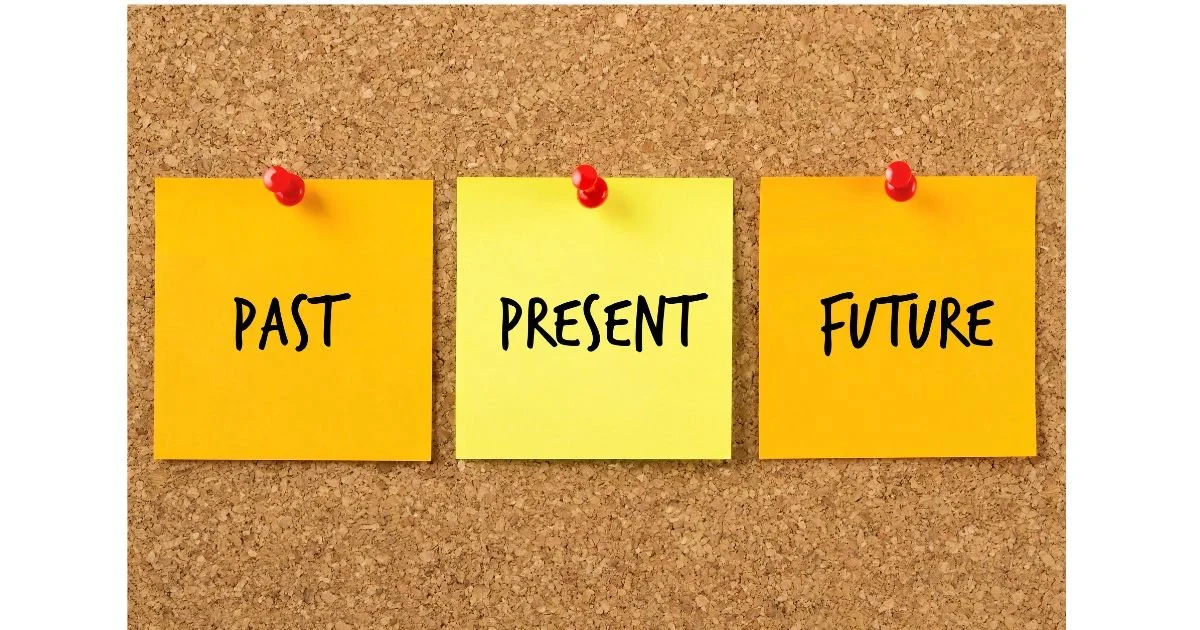Say It Like It’s Over
There’s something I teach almost every client that sounds simple but makes a big difference:
Speak your negative experiences in past tense.
Sounds easy, right?
But most people don’t realize how often they reinforce the very thing they’re trying to get rid of — simply by how they talk about it.
Here’s what I mean:
“I’m so depressed.”
When someone says that, their brain hears it — literally, through their own ears — as a command. As a current identity. As a state to stay in.
Even if they don’t mean it that way, the brain doesn’t argue. It just takes it in.
That repetition becomes a script, and the brain says:
🧠 “Okay. Got it. Keep being depressed.”
↩️ Now let’s change the wording:
“I was feeling really depressed.”
“I felt overwhelmed yesterday.”Suddenly, the brain is being told:
That’s over now.
And if it hears that enough, it stops keeping that emotion so front and center.
📉 The value of the emotion diminishes.
📉 The brain loses interest.
And that’s a good thing when the emotion isn’t helping anymore.
You Can Feel Things Without Getting Stuck In Them
This doesn’t mean pretending the emotion didn’t happen.
It means acknowledging it without reinforcing it.
You can process and move through a hard feeling without continuing to become it.
Speaking in past tense helps your brain loosen its grip.
And over time, it helps you loosen yours.
What Do You Want?
(No, Really. What Do You Actually Want?)
Here’s another common pattern:
I ask someone what they want in life, in a relationship, in a job, in their sense of self…
And I hear:
“I just don’t want to feel stuck anymore.”
“I don’t want to keep doing what I’ve been doing.”
“I don’t want to feel anxious all the time.”
It makes sense.
We’re so used to noticing what we don’t want — because our brain is great at that.
That negativity bias has a purpose: it helps us scan for threats, avoid pain, and survive.
But it doesn’t do much for helping us grow or thrive.
The problem is — when you focus on what you don’t want, you’re still directing the brain toward it.
And it will keep you looping there. 🔁
Turn the Negative into the Past. Let the Positive Lead the Way.
If someone’s in a place where the “don’t want” is loud and obvious (which it often is), I don’t try to shut it down.
Instead, I help them move it to the past — because the past is milliseconds ago.
“I didn’t want to be working there anymore.”
“I didn’t want to keep waking up with that shitty feeling.”
What this sounds like to brain is “Okay, great. That’s over.”
Even if the change hasn’t happened yet, the energy behind the statement shifts.
The brain gets the message:
✨ We’re moving on.
Now there’s room to ask:
“So… what do you want instead?”
Suddenly there’s space.
Possibility.
Forward momentum. 🚀
“I didn’t want that job… I really want to feel excited about where I’m going in the morning.”
“I didn’t want that version of my life… I want to feel more grounded and alive.”
That’s the opening for building real goals — not just surface-level goals, but goals that align with who you want to be.
👉 I talk more about how to do that in this blog on Future Pacing — how you train your brain to step into what’s possible, instead of circling what’s familiar.
Your Brain Is Listening
All the time.
Every word you speak — especially the ones you say out loud about yourself and your life — your brain is tuning in and deciding what to prioritize.
So if you want to change how you feel, how you act, and how you show up…
🔑 Start with the verbs.
🔁 Tense matters.
Want help retraining the way your brain hears you?
That’s my specialty.
Let’s get your words — and your patterns — working for you, not against you.
Ready to shift your patterns at the root?
If you're tired of working on yourself and still feeling stuck, it's time to train your brain differently.
👉 Book a session and let’s get started.
Or stay connected — join my newsletter for brain-shifting insights, practical tips, and real talk that actually helps.
Wondering how this ties into positive affirmations?
If the brain needs past tense for the negative… does present tense actually work for the positive?
That’s what we’ll explore in an upcoming blog!
See you then.
—Helen

